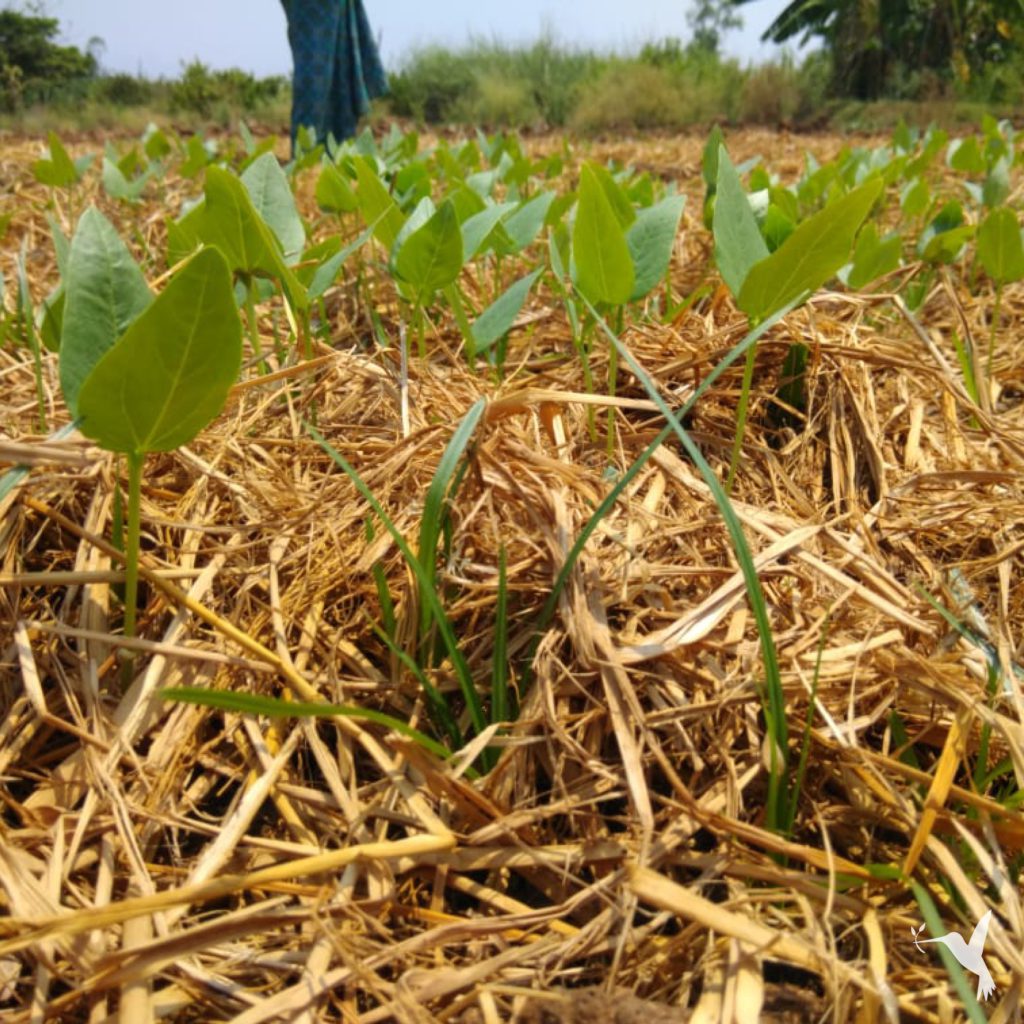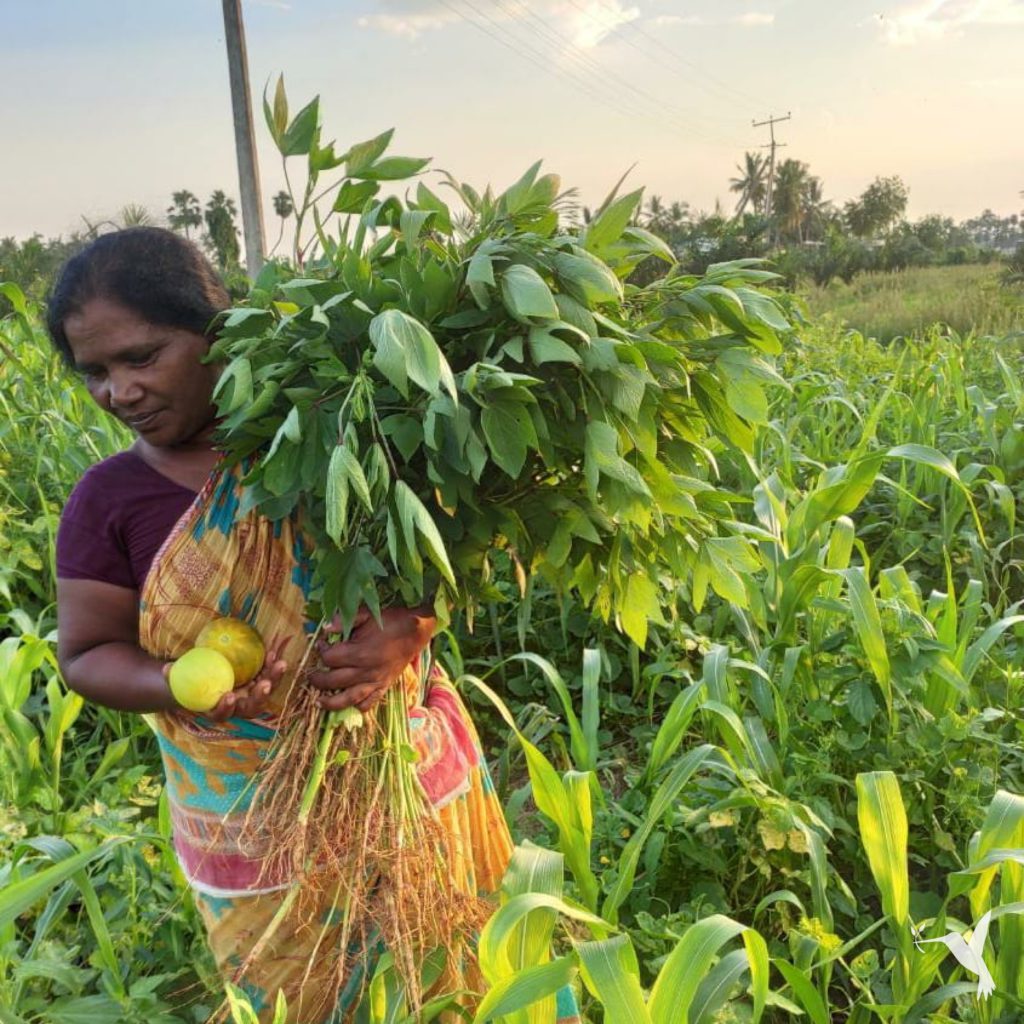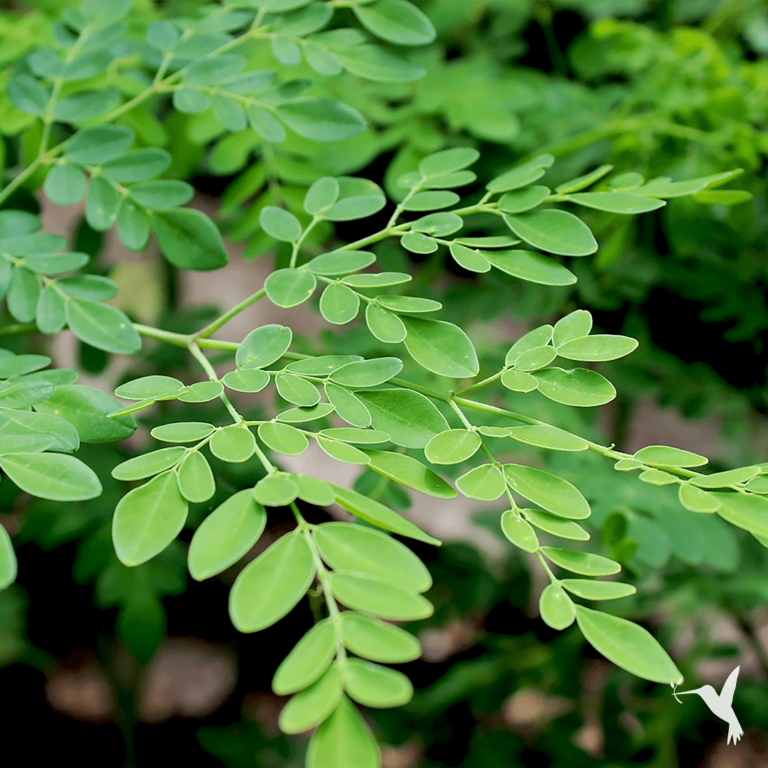Simple Solutions to the Agrarian Crisis in India
Tools for Zero Budget Natural Farming

Zero budget sounds like a good start for any project. But what is Zero Budget Natural Farming and how can it help the agrarian crisis in India? ZBNF is a method and set of practices that centers farmers, enhances well being, and address climate change all at once. Subhash Palekar, a former agricultural scientist, put together a basic “toolkit” for Zero Budget Natural Farming methods.
Subhash Palekar became disillusioned by agrarian crisis in India and the ill effects of the green revolution on his own family farm.
He began drawing from extensive research to rescue traditional Indian farming practices. The following four principles are what he came up with.
Jeevamrutha: Fermented Microbial Cultures
This fermented microbial culture provides nutrients and acts as a catalytic agent. It promotes the activity of microorganisms in the soil and increases earthworm activity. Additionaly, it helps prevent fungal and bacterial disease in plants.
During a 48-hour fermentation process, aerobic and anaerobic bacteria present in the cow dung and urine involved, multiply as they eat up organic ingredients like pulse or grain flour. A handful of undisturbed soil is also added to the mix as an inoculation of the native species of microbes and other organisms in the land.
Palekar suggests that Jeevamrutha is only necessary for the first 3 years of the transition, period after which the system becomes self-sustaining.
To prepare and use Jeevamrutha follow these instructions:
- Pour 200l of water in a container.
- Add 10kg fresh local cow dung, and 5-10L aged cow urine.
- Add 2kg of Jaggery (a local kind of brown sugar), 2kg of pulse flour, and a handful of soil from the farm.
- Stir solution well and let ferment for the next 48 hours in the shade. Make sure to stir twice a day during this period.
Jeevamrutha is now ready for application. 200L of it being sufficient to cover an acre of land. Apply this organic fertilizer to the crops twice a month mixed into the irrigation water, or as a 10% filtered Jeevamrutha foliar spray.

Beejamrutha: Seed Treatment
is a treatment used for seeds, seedlings, or any planting material. It is effective in protecting young roots from fungus, as well as soil and seed-borne diseases that commonly affect plants after the monsoon period.
Bijamrita is composed of similar ingredients as Jeevamrutha: Local cow dung, a powerful natural fungicide; and cow urine, a strong anti-bacterial liquid—as well as lime and soil.
To apply Bijamrita as a seed treatment, add it to the seeds of any crop: fully coat them by hand, dry them well, and use them for sowing. For leguminous seeds, just dip them quickly and let them dry.
Acchadana: Mulching Practice
According to Palekar there are three kinds of mulching:
- Soil Mulch: Protects topsoil during cultivation and does not destroy it by tilling. It also promotes aeration and water retention in the soil. Palekar suggests avoiding deep ploughing.
- Straw Mulch: Straw material usually refers to the dried biomass waste of previous crops, but as Palekar suggests, it can be composed of the dead material of any living being (plants, animals, etc). Palekar’s approach to soil fertility is very simple: Provide dry organic material that will decompose and form humus through the activity of the soil biota which is activated by microbial cultures.
- Live Mulch (symbiotic intercrops and mixed crops): According to Palekar, it is essential to develop multiple cropping patterns of monocotyledons (monocots; Monocotyledons seedlings have one seed leaf) and dicotyledons (dicots; Dicotyledons seedlings have two seed leaves) grown in the same field, to supply all essential elements to the soil and crops. For instance, legumes are of the dicot group and are nitrogen-fixing plants. Monocots such as rice and wheat supply other elements like potash, phosphate, and sulfur.

Whapasa: Moisture Retention
- Intercropping. This is primarily how ZBNF gets its “Zero Budget” name. It doesn’t mean that the farmer is going to be dealing with no costs at all, but rather that any costs will be compensated by the income from intercrops, making farming a close to zero budget activity. Palekar explains in detail the crop and tree associations that work well for the South Asian setting.
- Contours and Bunds. To preserve rainwater, Palekar explains in detail how to make contours and bunds, which promote maximum efficacy for different crops.
- Local species of earthworms. Palekar opposes the use of vermicompost. He claims that the revival of local deep soil earthworms through increased organic matter is most recommended.
- Cow dung. According to Palekar, dung from the Bos indicus (humped cow) is most beneficial and has the highest concentrations of micro-organisms in comparison to European cow breeds such as Holstein. The entire ZBNF method is centred on the Indian cow, which historically has been part of Indian rural life.
This toolkit may sound extensive, but it is an effective way for farmers to start addressing the agrarian crisis in India in manageable ways.
Want to know more about these techniques? Learn more here.


